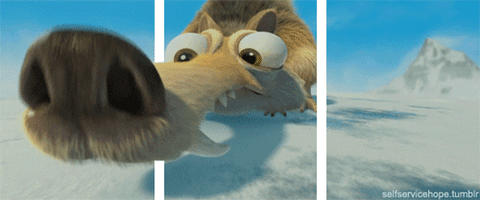jamest0o0
Chameleon Enthusiast
You don't think hydrogen peroxide would be safer? Bleach can leave harmful residue and soap too in many casesI would use activated hydrogen peroxide but hot soapy water or dilute bleach is more economical and probably as effective in this instance.







